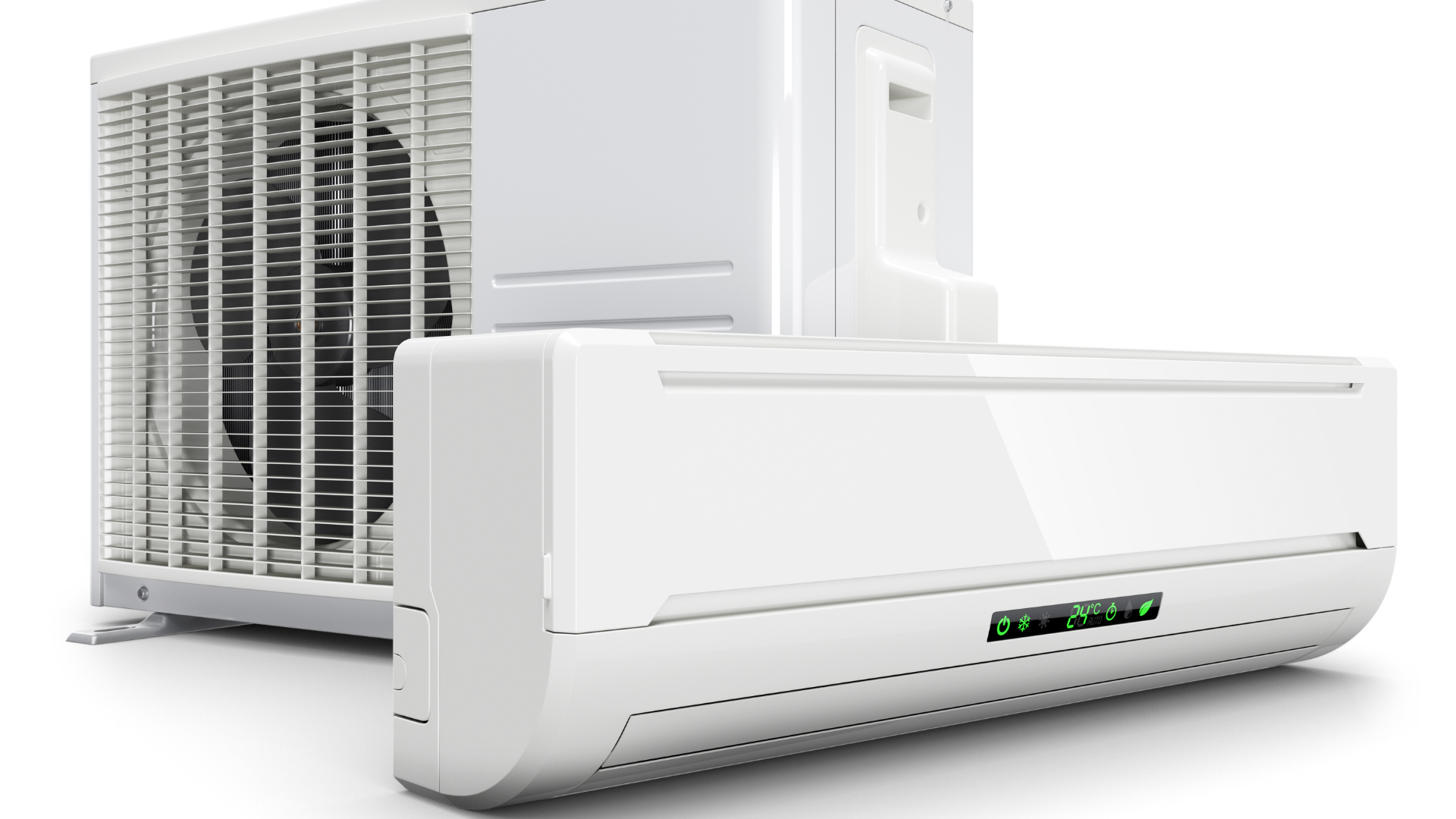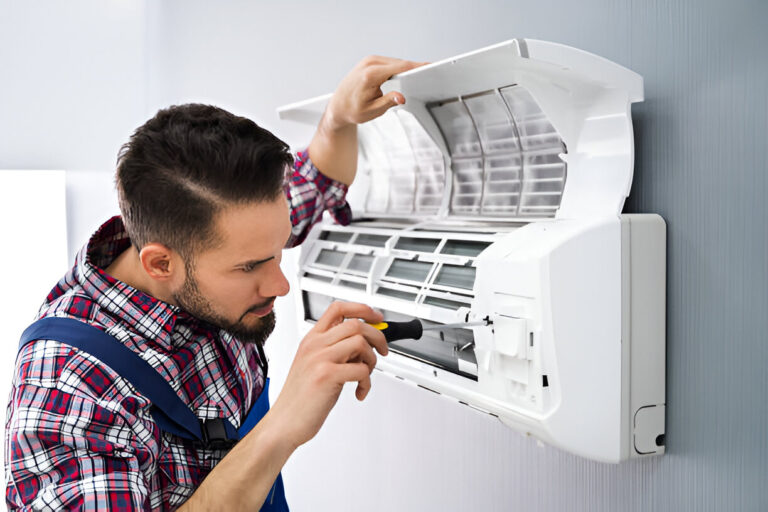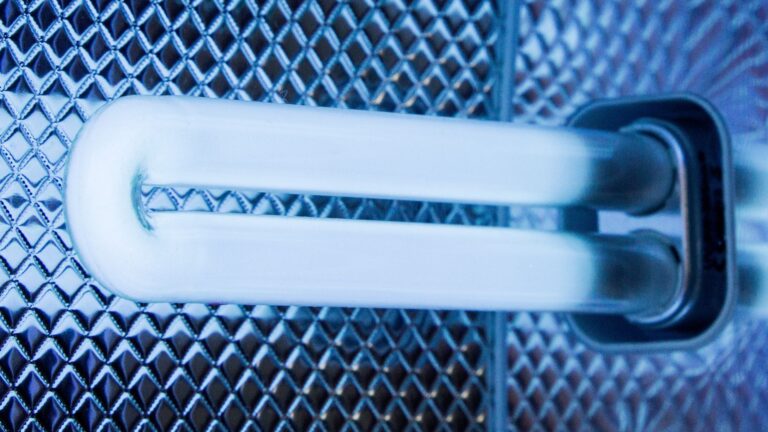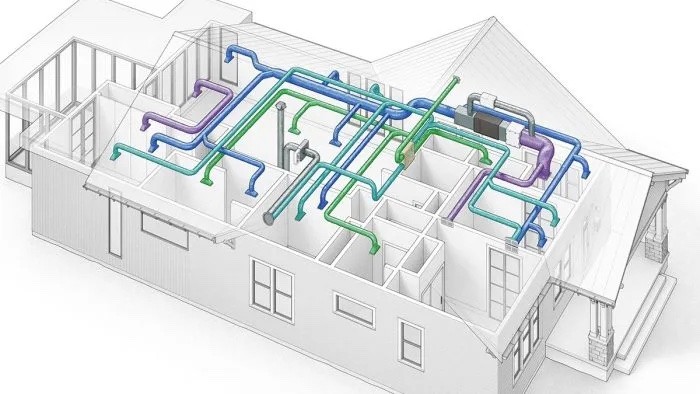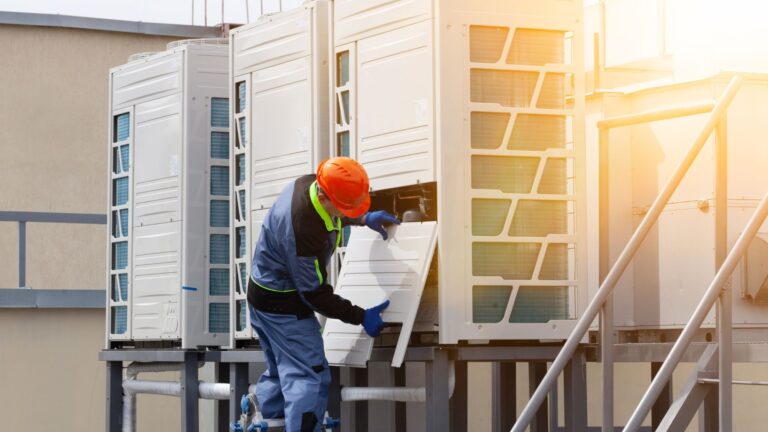Ductless Mini-Split Installation Cost in 2025: Full Breakdown
Thinking about installing a ductless mini-split system in your home this year? You’re not alone. As more homeowners prioritize energy efficiency, zoned cooling, and flexibility, mini-splits have quickly become one of the most popular HVAC options in the U.S.
But before you dive into installation, there’s one question every homeowner asks:
“What’s the actual cost of a ductless mini-split system in 2025?”
In this guide, we’ll break down the real numbers, equipment, installation, labor, permits, upgrades, and ongoing costs, so you know exactly what to expect. Whether you’re retrofitting an older home or adding cooling to a new addition, we’ll help you understand where your money goes and how to get the most for your investment.
What Is the Average Mini-Split Installation Cost in 2025?
As of 2025, the average cost to install a ductless mini-split system ranges between $3,000 and $12,000, depending on:
- The number of indoor units (zones)
- Type of system (single-zone vs multi-zone)
- Brand and SEER2 rating
- Labor rates in your region
- Electrical or structural upgrades
| System Type | Cost Range |
| Single-Zone Mini-Split | $3,000 – $6,000 |
| Multi-Zone (2–3 zones) | $5,500 – $10,000 |
| Whole-Home (4+ zones) | $8,000 – $15,000+ |
Note: Prices include both equipment and professional installation.
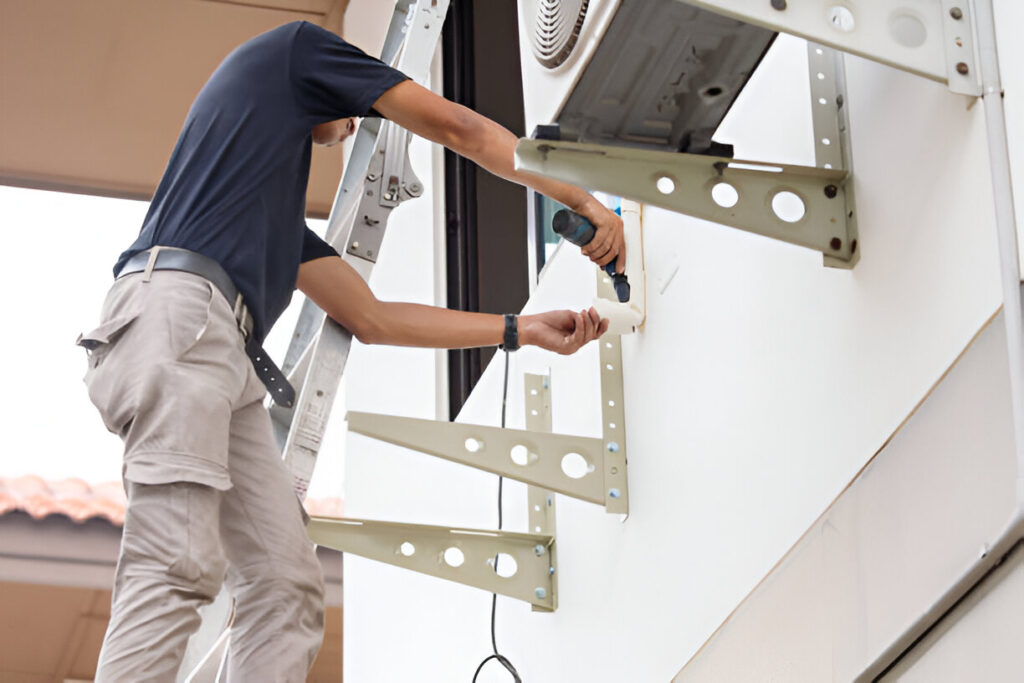
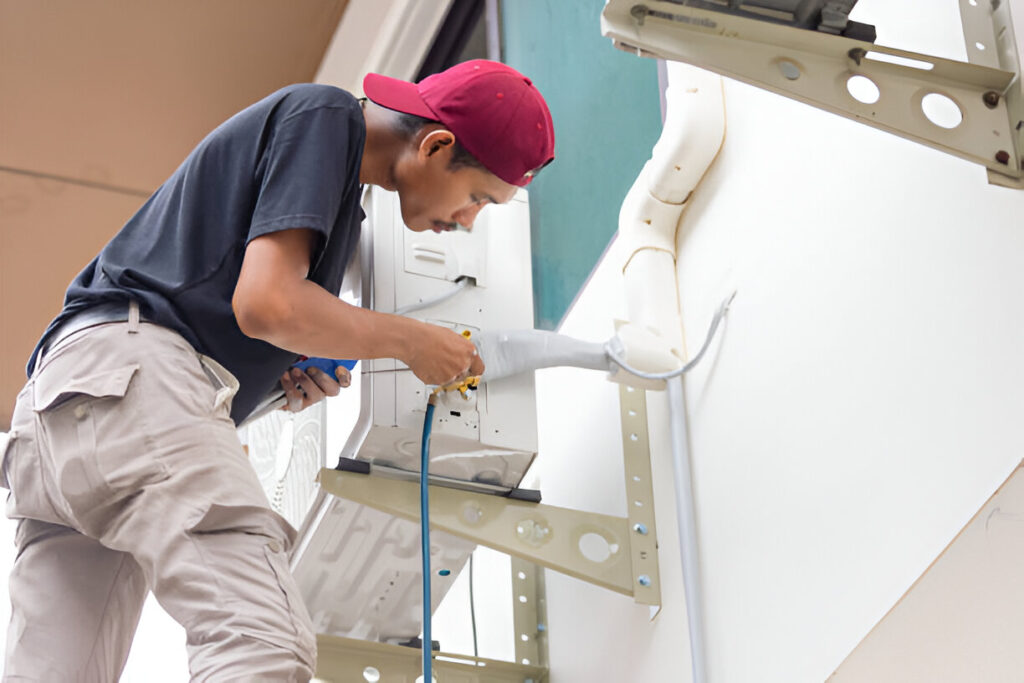
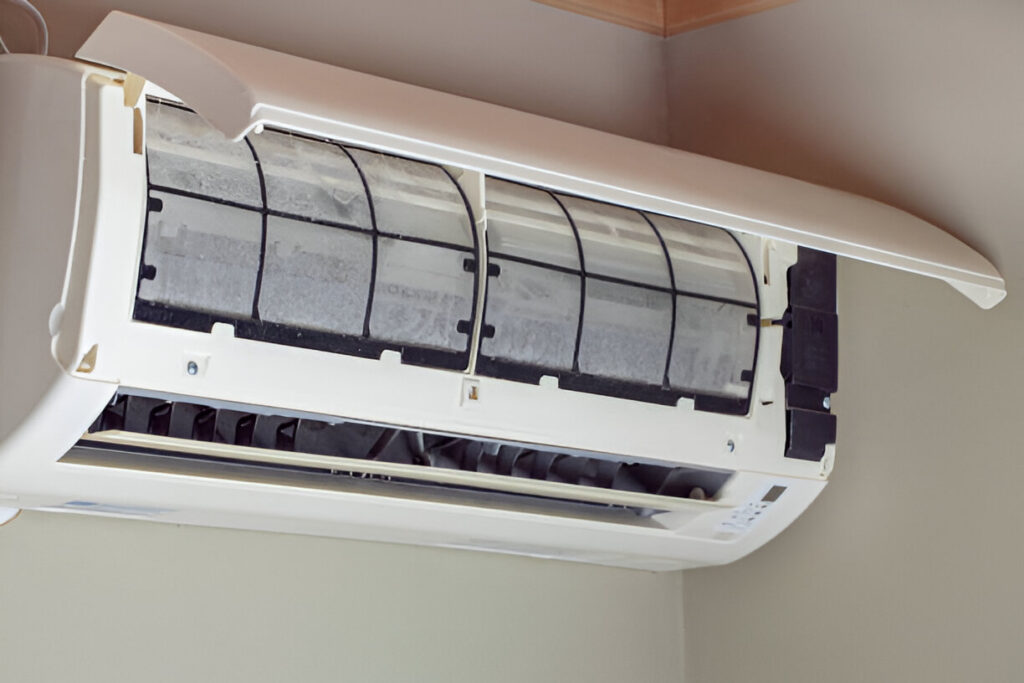
What Influences Mini-Split Installation Costs?
Here’s a detailed look at what really impacts the price tag:
1. Number of Indoor Units (Zones)
The biggest driver of cost is how many zones you want to control.
- 1-zone system: $3,000–$5,000
- 2–3 zones: $5,500–$8,500
- 4+ zones: $8,000–$15,000+
Each additional zone requires an indoor air handler, refrigerant line, and labor to install, all of which add to your bottom line.
ENERGY STAR Tip: Zoned cooling can reduce energy use by up to 30% in homes with varying occupancy.
2. SEER2 Rating & Energy Efficiency
The higher the SEER2 rating, the more energy-efficient the unit, and the more expensive.
| SEER2 Rating | Typical Cost Increase | What It Means |
| 15 SEER2 | Baseline | Meets 2023+ U.S. minimum requirements |
| 18 SEER2 | +$800–$1,500 | High-efficiency for hot climates |
| 20+ SEER2 | +$2,000+ | Ultra-efficient, ENERGY STAR certified |
Source: U.S. Department of Energy – SEER2 standards updated in 2023 to better reflect real-world conditions.
3. System Type: Inverter vs. Non-Inverter
Most mini-split systems are inverter-driven, meaning they adjust compressor speed to maintain comfort more precisely. These systems:
- Are quieter
- Use less energy
- Cost more upfront ($500–$1,000 increase)
4. Brand and Model
Just like cars, some brands carry a premium. Here’s a general breakdown:
| Brand | Price Tier | Examples |
| Budget | $3,000–$5,500 | MRCOOL, Pioneer |
| Mid-Range | $5,500–$8,500 | Mitsubishi, Fujitsu, Gree |
| High-End | $8,000–$12,000+ | Daikin, LG, Carrier |
Pro Tip: A quality install matters more than the brand, always choose a licensed HVAC contractor with experience.
5. Labor Costs
Labor varies based on location, accessibility, and project scope. National average labor runs $1,000 to $3,500, which typically includes:
- Wall brackets/mounts
- Electrical connection and conduit
- Line set routing and refrigerant charging
- Permits and post-install testing
Additional Costs You Might Encounter
Beyond equipment and labor, here are some surprise costs that might come up:
| Additional Work | Estimated Cost |
| Electrical panel upgrade | $500 – $2,000 |
| Drywall repair / aesthetic work | $300 – $800 |
| Concrete pad for outdoor unit | $150 – $400 |
| Condensate drain installation | $100 – $350 |
| Permits and inspections | $100 – $500 (local) |
Always ask for a detailed quote upfront, some contractors include these, others don’t.
When Does a Mini-Split Make Financial Sense?
You Don’t Have Existing Ductwork
If your home wasn’t built with central HVAC, installing new ductwork can cost between $5,000 and $15,000, or more in multi-story homes. Mini-split systems eliminate the need for ducts entirely, offering an affordable and less invasive alternative with zone-by-zone control and energy-efficient performance.
You Want to Cool Specific Rooms
Mini-splits are ideal for areas that aren’t served well by your existing HVAC system, like sunrooms, basements, garages, or additions. Instead of overworking your central system, you can efficiently cool (or heat) only the spaces that need it, helping to reduce energy costs and improve comfort.
You Live in a Mild or Mixed Climate
In regions with moderate temperature swings, mini-splits equipped with heat pumps offer both cooling and heating in one system. They deliver excellent efficiency, especially in shoulder seasons, and can significantly reduce your reliance on electric baseboard heaters or gas furnaces, lowering your year-round utility bills.
Cost Comparison: Mini-Split vs Central Air
| Feature | Mini-Split System | Central Air System |
| Ducts Required | No | Yes |
| Average Installation Cost | $4,000 – $12,000 | $6,000 – $10,000 |
| Zoning Control | Yes (individual rooms) | No (entire home only) |
| SEER2 Efficiency Potential | Up to 25+ SEER2 | Up to 18 SEER2 |
| Operating Noise | Extremely quiet | Louder indoor/outdoor units |
While upfront installation may feel steep, long-term energy savings, comfort customization, and available rebates often pay it back in just a few years. If you’re also comparing it to central AC replacement, this AC replacement cost guide breaks down what to expect.
Can You DIY a Mini-Split to Save Money?
Yes, some systems like MRCOOL offer pre-charged line sets designed for homeowner installation. These typically cost $2,000–$3,000 for a single-zone kit.
But consider:
- DIY installs void the warranty on many premium systems
- Improper install = inefficiency or leaks
- Local code may require a licensed pro
If you go DIY, make sure the system is certified for self-installation and permitted by your city or HOA.
Are There Rebates or Tax Credits in 2025?
Yes! The Inflation Reduction Act (IRA) extended several incentives for high-efficiency HVAC upgrades through 2032.
Federal Tax Credit:
- Up to 30% of total cost, capped at $2,000 per year
- Applies to ENERGY STAR-certified mini-split heat pumps
- Must be installed by a qualified contractor
Learn more at EnergyStar.gov
Utility Rebates:
Many state utilities offer rebates between $200 and $1,500 for qualifying systems. Check with your local energy provider or visit DSIREUSA.org for rebate programs by state.
Maintenance Costs After Installation
Mini-splits are low-maintenance, but not zero-maintenance.
| Task | Frequency | Cost |
| Clean/replace filters | Monthly | Free or $10–$20 |
| Professional tune-up | Annually | $100–$200 |
| Coil cleaning, refrigerant check | Every 1–2 years | Included in tune-up |
Regular service ensures long-term performance and preserves warranty coverage.
How Long Do Mini-Splits Last?
With proper installation and routine maintenance, most ductless mini-split systems last between 15 and 20 years, on par with or even exceeding the average lifespan of traditional HVAC systems. According to the U.S. Department of Energy, the typical HVAC system lasts around 15–20 years, and mini-splits are no exception.
However, what sets mini-splits apart is their inverter-driven compressors, which are designed to operate more efficiently and with less wear and tear than conventional systems that cycle on and off. This means less strain on components, which can translate to a longer operational life, especially in systems from high-end brands like Mitsubishi, Fujitsu, or Daikin.
With regular filter cleaning, seasonal maintenance, and professional tune-ups, many homeowners report their mini-splits lasting well over two decades. Plus, since mini-splits are modular (one outdoor unit can serve multiple indoor heads), if one component fails, it doesn’t necessarily require replacing the entire system.
Is the Mini-Split Installation Cost Worth It?
If you’re looking for zoned control, whisper-quiet operation, and high efficiency, ductless mini-splits are worth every penny, especially in homes without ductwork.
While upfront installation may feel steep, long-term energy savings, comfort customization, and available rebates often pay it back in just a few years.
Talk to a Local HVAC Pro Before You Buy
Still unsure what size system or how many zones you need? Want to know if your panel needs upgrading?
Before you buy, talk to a licensed local HVAC contractor. They can help:
- Calculate your BTU/tonnage needs
- Recommend SEER2 ratings based on your climate
- Estimate total Mini-Split Installation Cost
- Help you apply for rebates or tax credits
If you’re in the market for expert guidance, Osborne Heating & Cooling is here to help. With decades of experience installing mini-split systems, their team can evaluate your space, recommend the right setup, and make sure your installation is efficient and code-compliant.
Call Osborne Heating & Cooling at 804-985-3057 to get a personalized quote and trusted advice before you invest.

